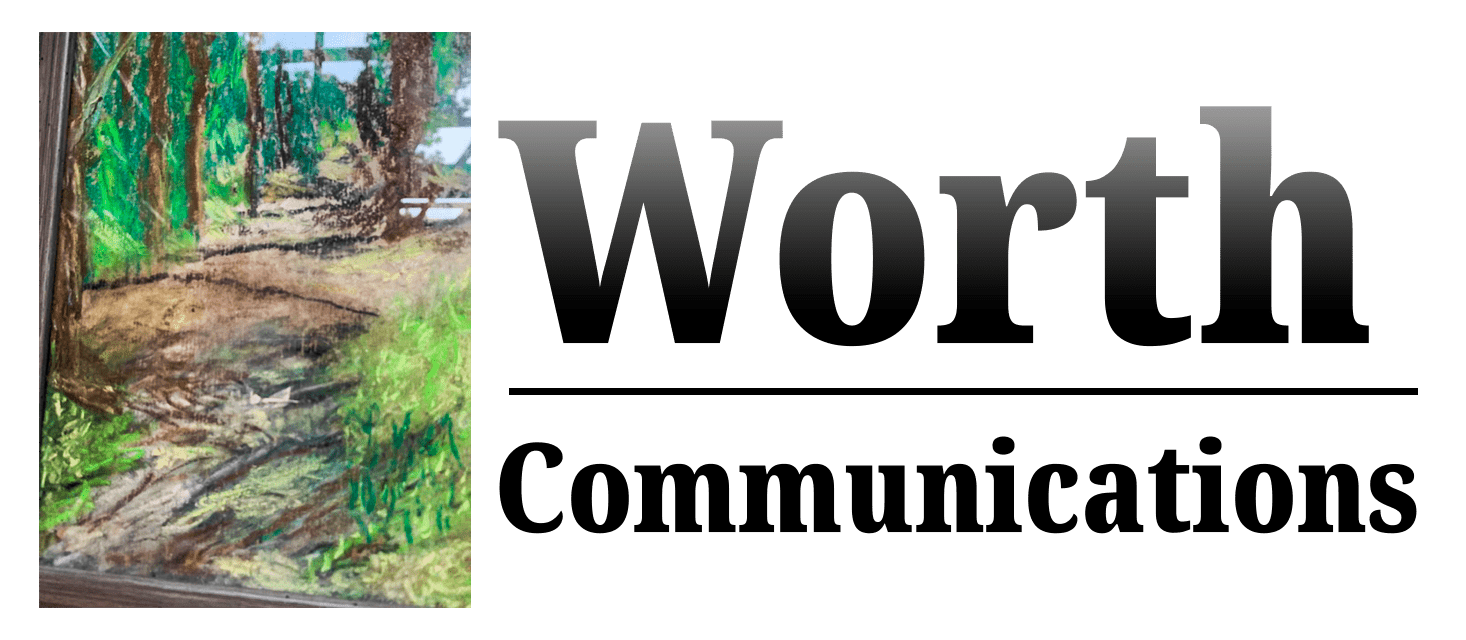George Washington entered the annals of our history more than twenty years before the Continental Congress appointed him Commander-in-chief of the Continental Army. Why Washington? He had a military reputation and experience–not much experience, but more than anyone else in America. In fact, in 1754, young George had started a worldwide conflict all by himself. The French had decided that the time had come for them to expand their empire southward from Canada into the Ohio Valley. This meant building a fortified outpost on the river where the city of Pittsburgh stands today. When Virginia governor Robert Dinwiddie got wind of the fact that a French army was in the valley, he sent George Washington west with a small contingent of about 300 militia to drive off these interlopers. Unfortunately, Washington was too late, and the French had already occupied the forks of the Ohio River. But the young Major Washington was not dismayed. On May 28, 1754, he and a few of his men ambushed a small scouting party of French, killing its young leader, Ensign Coulon de Villiers de Jumonville. Afterward, Washington defended a makeshift fort in an unprotected meadow, called Fort Necessity. Then he mistakenly signed a surrender agreement admitting that he had “assassinated” Jumonville. Washington, you should know, could not read a word of French.
These were the first shots fired in the French and Indian War. Washington wrote in his journal that there was “something charming in the sound” of those musket balls. Major George, himself, was unscratched during these first encounters with the French. His military career and his reputation for luck had begun. What’s more, he had discovered the job he would always love. A year later, you would have found Washington marching westward with a British army of Redcoats led by Major General Edward Braddock on their way to besiege Fort Duquesne. But the expedition never made it; they were ambushed by the French and their Indian allies just before reaching the walls of the fortress. Hundreds of British infantry were killed, including Braddock himself. However, Washington never received even a flesh wound, and he helped guide the remnants of the army on its rapid retreat eastward.
The Virginia frontier now remained undefended, and Washington got the job of creating some defensive barrier to ward off the continuing threat of marauding Indians launched from Fort Duquesne against the frontier. He recruited militia and built blockhouses, but it was never enough. The problem continued until the British sent an army once again aimed at capturing Fort Duquesne. Washington, with a group of soldiers, also accompanied this expedition, which proved successful. Finally, the French were gone and settlers and land speculators could once again migrate into the Ohio Valley. Washington had also become a hero, with a military reputation.
Meanwhile, Washington had made a friend during the Braddock campaign, named Thomas Gage who became British Commander-in-Chief of North America for the next twenty years. General Gage and his soldiers tried to keep the West closed to colonial settlers. Washington, by now, had met and married a wealthy widow, named Martha Custis, and moved up in the world, becoming a wealthy plantation owner with an estate–Mount Vernon–on the Potomac River. He also dabbled in politics, met other well-to-do estate owners, and became a Virginia delegate to the Constitutional Convention. There he was chosen to be Commander-in-Chief, directing a war that may not have begun if he had not started the French and Indian War, leading to an English victory, which cost Parliament a fortune, which they in turn tried to recoup with taxes, eventually causing a revolution. It was a long way from a small skirmish to American independence.

